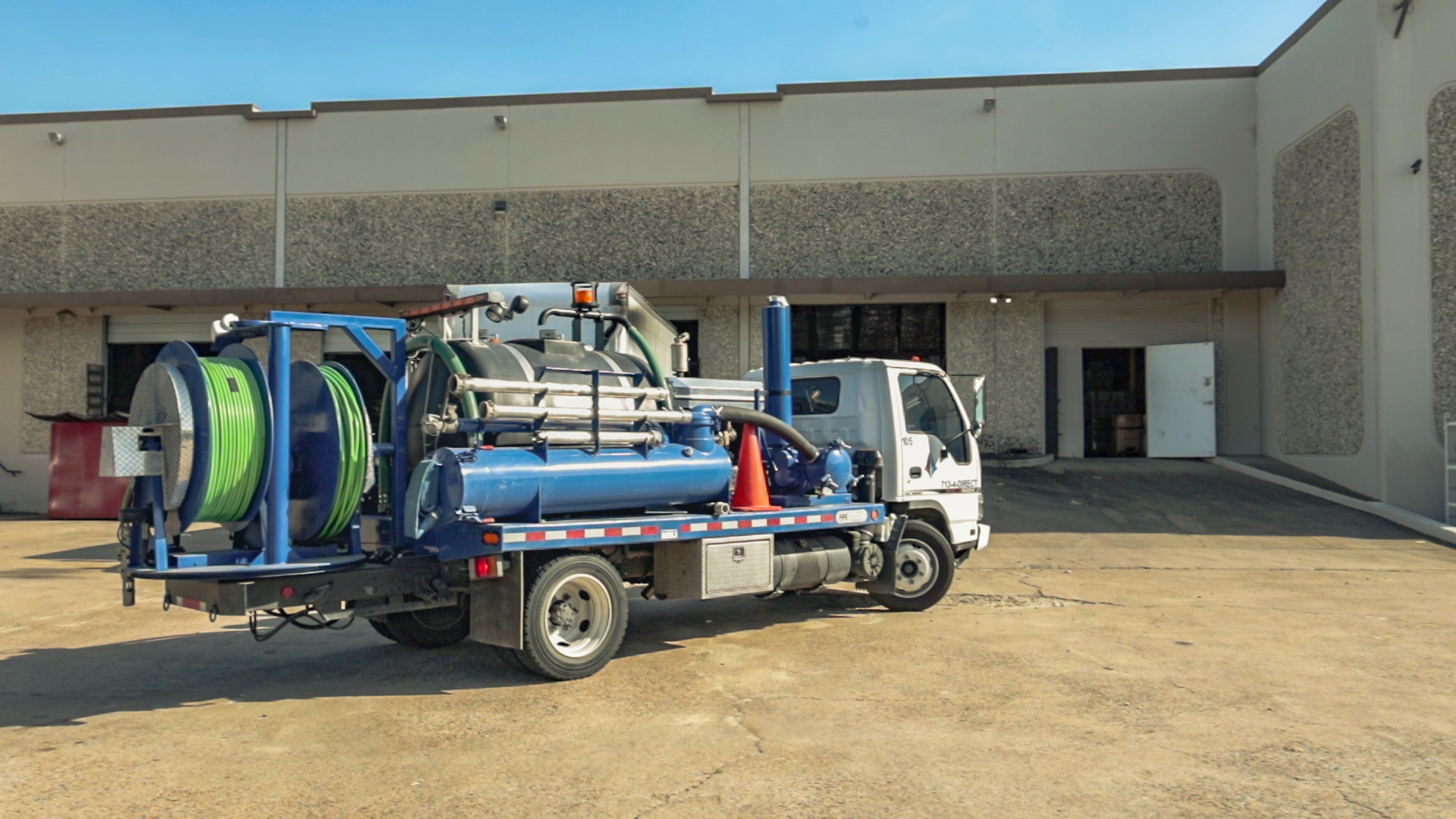Routine Storm Sewer Maintenance

Our Storm Sewer Maintenance Process
- Mobilize and remove all debris, excess dirt from inside each catch basin within the desired area
- Provide hydro-jetting between all catch basins and points of collection/disposal
- Dispose of all debris offsite upon demobilization
- Provide follow up quotes for any recommendations discovered during the visit
Sewer jetting is a method of cleaning out sewers and drain lines by using high-pressure water streams through specialized jetting nozzles to dislodge and clear obstructions, as well as perform regular maintenance to prevent sewage backups. Regardless of whether the location is residential or a larger municipality, sewer jetting is vital to keeping storm drains and sewer lines in peak condition, helping prevent damage and mitigate further deterioration of the sewers.
There is a multitude of materials that can block and cause damage to sewer lines; fats, oils, grease, minerals, mud, sludge, dirt, and tree roots are all commonly found clogging sewers. There are a variety of machines, nozzles, and other tools that can tackle these jobs, but sewer jetting remains one of the easiest and safest methods of cleaning out sewer and drain lines.
Sewer Jetters go by many names: hydro-jetters, sewer cleaners, etc., and can be mounted on a truck, trailer, or skid. One of our most common systems is the 184 trailer jetter. Regardless of what it may be called and/or mounted on, it’s purpose is the same; cleaning and maintaining sewer systems using high-pressure water jets to clear debris and unwanted materials.
How Does It Work?
In sewer jetting, an engine (or another power source) powers a high-pressure water pump that builds up within the containment unit, effectively pressurizing the water. All high-pressure jetting units are rated by Pressure (PSI) and Water Flow (GPM). Both PSI and GPM are direct results of the available engine’s horsepower.
The high-pressure pump delivers water to a hose reel containing high-pressure jetting hose. This hose should be matched for the appropriate pressure and system flow. Once attached to the end of the jetting hose, the nozzle creates pressure within the system. Every nozzle is designed to direct high-pressure water streams back towards the entry point. This is to help propel the nozzle further down the line and pulling the jetting hose through the pipe. It’s important to note that nozzles must be sized to match the design of the engine and water pump. Plus, one should remember to factor in pressure loss due to the diameter and length of the jetting hose.
Angles of the water stream can be varied; water streams directed more toward the pipe wall surfaces produce better cleaning results. However, this diminishes the pulling power of the nozzle. Water streams directed towards the centerline of the pipe provide maximum pulling power but decreases pipe wall cleaning effectiveness.
Clearing Clogged Sewer Lines
To clear a clogged sewer line, use a nozzle with a forward jet or jets. Forward jet(s) only use a small proportion of the total GPM to bore through a blockage. This helps minimize loss of propulsion when clearing a clogged line. The forward jet is designed to bore into the blockage, allowing the rear jets with more flow to remove the bulk of the blockage. Note that a forward jet(s) may have reduced flow per orifice compared to the rear nozzle orifices; the pressure (PSI) is always the same at all orifices (but not always the pressure you think it might be, read more below).
It’s also important to note that depending on the material components of the blockage, different variations of flow and pressure is preferable. It boils down to a simple question; are you trying to cut through debris, or are you trying to flush the line out?
This article has been shared by Direct Service, Construction and Design to specifically accommodate our intended clientele. The intent of sharing this information is to better inform the public of these general topics, expand knowledge and safety for all and provide crucial information in regard to their MEP and building systems and/or assets. It is NOT our recommendation that any article recommendations or how-to scenarios be attempted by anyone other than a qualified or competent person.
